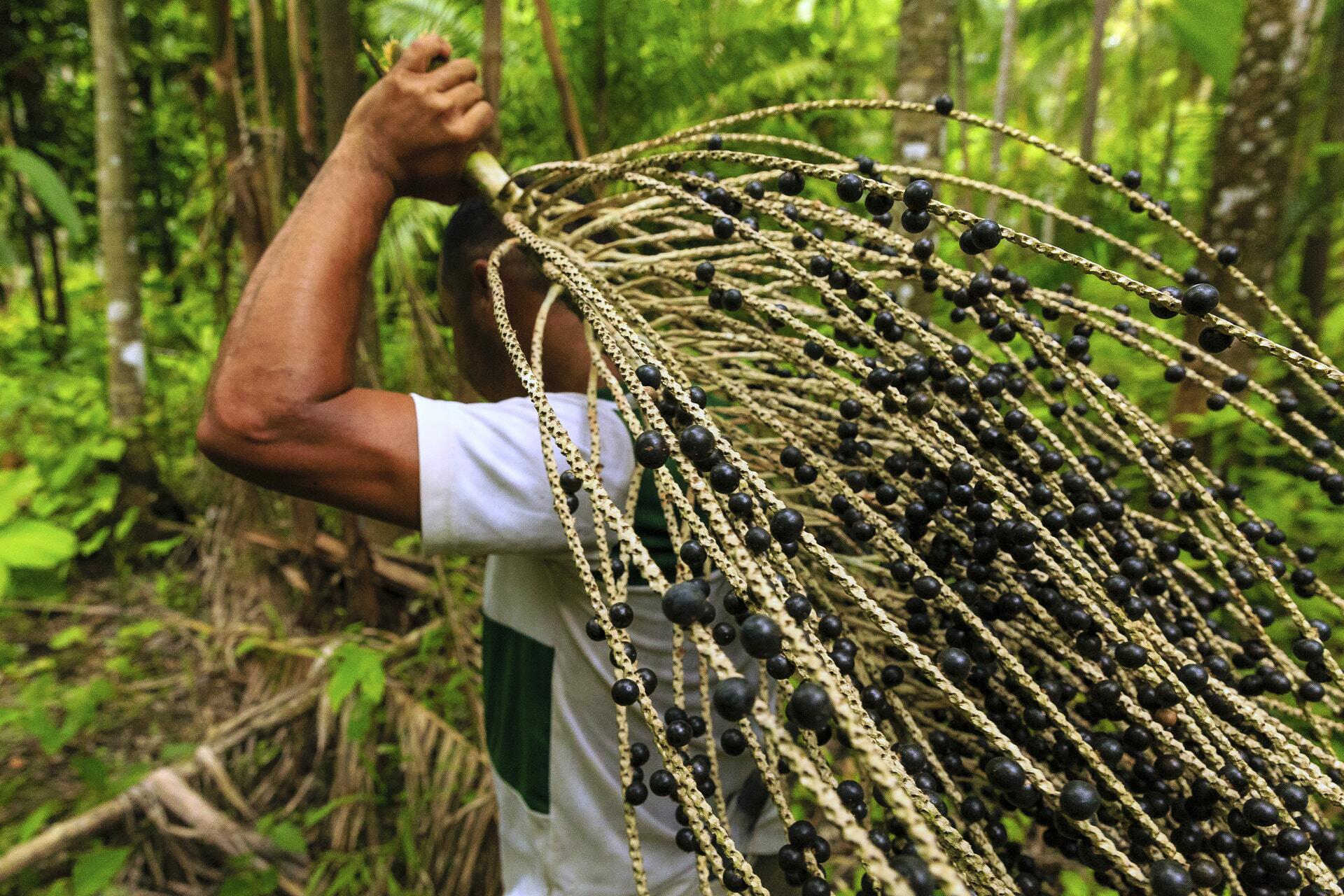TERRITORIES UNDER THREAT
- Extermination under the Bolsonaro government: 795 indigenous people murdered
Violent deaths of indigenous people rose 54% between 2019 and 2022 by comparison with the previous four years and were concentrated in the states of Mato Grosso do Sul, Amazonas and Roraima. (Agência Pública) - Agribusiness advances and threatens Yanomami land
The eastern part of Brazil’s biggest indigenous territory has suffered an increase in forest degradation due to the invasion of cattle ranches over more than a decade. (InfoAmazonia) - Pilot missionaries try to convert uncontacted peoples
Pastors who fly aircraft are being prosecuted in Brazil for invading protected indigenous lands, such as in the Javari Valley. Their strategy relies on translated Bibles and offers of money. (O Joio e O Trigo)
PROTECTING THE FOREST
- Indigenous territories reforest most effectively
Indigenous people are more effective at restoring areas of their land that have been deforested. Under their care, secondary forest cover is 23% greater than it is on other private lands. (Mongabay) - Forest lakes are more effective at capturing carbon
Bodies of water in the Amazon region, in areas of preserved forest, can “sequester” 39% more carbon than the forest itself. These formations capture 10 times more carbon than those in subpolar regions. (Fapesp) - Forest suffers even at a distance from deforestation
The cutting down of trees causes a knock-on effect in the Amazon region, according to a study. Research reveals that for every 100 trees cut down, on average, another 22 die due to a lack of water. ((o))eco)

Açaí collector in the community of Arraiol, in the Bailique archipelago, in the state of Amapá. Photo: Diego Baravelli/Greenpeace
- Climate crisis affects açaí and community nutrition
Harvests of the staple fruit for the peoples of the forest have become irregular. Because of changes in the seasons large quantities of açaí are not ripening properly and have to be thrown away. (Amazônia Real)
PRESERVATION
- Seed collecting intiative helps forest restoration
An initiative called Redário, with 1,200 people, supports indigenous, quilombola and traditional communities’ activities in relation to the collection and production of native seeds (Nexo Jornal) - Areas less researched are most threatened
Amazon regions with the lowest levels of scientific research between 2010 and 2020 overlap with areas most at risk of environmental modification (Fapesp)
Translation into Spanish: Julieta Sueldo Boedo
English translation: Mark Murray
Photography editing: Mariana Greif
Page setup: Érica Saboya





